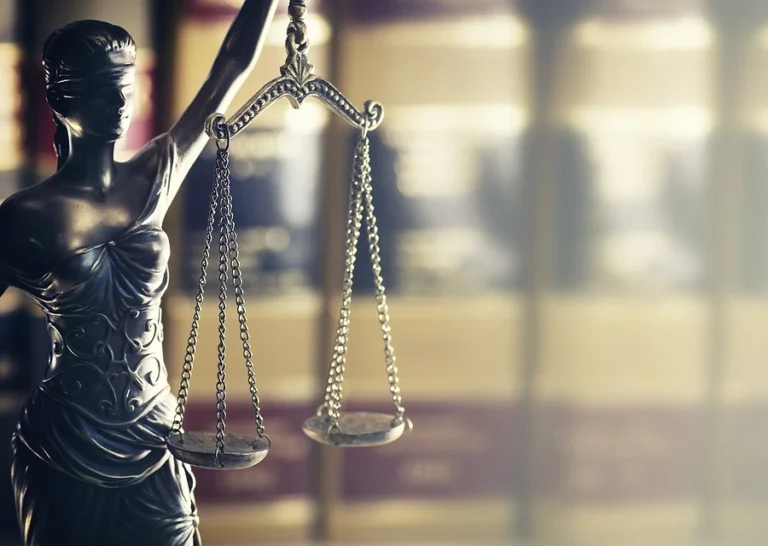Personal Injury Lawyer Palm Springs

If you or a loved one has been injured in Palm Springs, the experienced personal injury lawyers at Weston & Pape are ready to stand by your side. From negotiating with insurance companies to litigating in court, we are committed to protecting your rights and securing the compensation you need. Call us today at 561-786-3369 for a free consultation to discuss your personal injury claim and start your journey toward justice.
Our personal injury services in Palm Springs include:
- Motorcycle Accidents
- Car Accidents
- Truck Accidents
- Pedestrian Accidents
- Slip and Falls
What to Expect During a Personal Injury Trial
When you file a personal injury claim, the ideal outcome is often a fair settlement before trial. However, not every case is resolved in this way. Sometimes, the insurance company refuses to offer a fair settlement, or the case is too complicated for negotiations. In these situations, you may need to take your case to trial. If you’re considering this route, it’s important to know what to expect. Understanding the trial process can help you feel more prepared and informed.
While the idea of going to court can seem intimidating, knowing what to expect can help ease some of that anxiety.
Pre-Trial Preparation
Before the trial begins, there is a considerable amount of preparation. Your personal injury attorney will be working with experts, gathering evidence, and preparing witnesses. This phase is crucial, as it sets the stage for the trial and aims to build the strongest possible case.
During this preparation period, you may meet with your attorney to review the details of your case. You’ll be asked to recall the accident and discuss the impact it’s had on your life. Your attorney will also likely conduct mock interviews and rehearse your testimony to ensure you’re comfortable and clear when it’s your turn on the witness stand.
Jury Selection
Once the trial begins, the first step is jury selection. In most personal injury trials, a jury will decide the outcome. The goal of jury selection is to find impartial individuals who can evaluate the case fairly based on the evidence presented. During this process, both the defense and the plaintiff (you) will have the opportunity to ask potential jurors questions to assess their suitability.
Your attorney will try to choose jurors who are likely to be sympathetic to your case, while the defense will try to do the opposite. Both sides may have challenges, or objections, to certain jurors, and these challenges may be accepted or rejected by the judge. The jury will consist of a specific number of people, usually between 6 and 12, depending on the nature of the case and the court’s rules.
Opening Statements
Once the jury has been selected, both parties will make opening statements. This is your opportunity to introduce the case to the jury and provide a general outline of what you intend to prove. Your attorney will present the facts of the case, explain how the injury occurred, and explain why the defendant should be held responsible.
On the other side, the defense will present its opening statement. They may attempt to cast doubt on your version of events or suggest that your injuries are not as severe as you claim. This is why it’s critical to have a well-prepared attorney who can effectively counter these arguments.
Presenting the Case
After the opening statements, the plaintiff’s case begins. This is the phase in which your attorney presents evidence and calls witnesses to support your claim. Common types of evidence in personal injury trials include:
- Medical records: These can help prove the severity of your injuries and their impact on your life.
- Expert testimony: Medical experts, accident reconstruction specialists, or other experts may testify about the nature of your injuries or the cause of the accident.
- Eyewitness testimony: People who saw the accident or its aftermath may be called to testify.
- Physical evidence: Photographs, videos, and items from the accident scene can all be used to strengthen your case.
During this phase, your attorney will ask you to testify, explaining how the accident occurred and the ongoing effects on your life. You will be questioned by both your attorney and the defense. The defense will attempt to challenge your version of events or suggest other explanations for the injuries.
Once the plaintiff’s case is presented, the defense will have the opportunity to present their case. They may present their own evidence or call their own witnesses to dispute the claims. The defense might also try to introduce doubts about the validity of your injuries or how much compensation you’re entitled to.
Cross-Examination
One of the most intense parts of a trial is cross-examination. After each witness testifies, the opposing side gets the opportunity to cross-examine them. During cross-examination, the defense attorney will try to undermine your credibility or the credibility of your witnesses. They will ask tough, probing questions designed to highlight inconsistencies or weaknesses in your testimony.
It’s important to remain calm and composed during cross-examination. Your attorney will prepare you for this part of the trial, but you should also be ready for aggressive questioning. The goal is to stay focused on the facts and avoid reacting emotionally.
Closing Arguments
After both sides have presented their cases, it’s time for closing arguments. This is your attorney’s final chance to summarize the evidence, reiterate why you should be awarded damages, and convince the jury that the defendant is responsible for your injuries. Similarly, the defense will use their closing argument to try to create doubt in the minds of the jurors and explain why they shouldn’t award damages.
During closing arguments, your attorney will emphasize the most compelling pieces of evidence and testimony that support your case. This is where the full weight of the case comes together in the hope of persuading the jury to find in your favor.
Jury Deliberation and Verdict
After closing arguments, the jury will retire to deliberate. They will review the evidence, discuss the case, and try to reach a verdict. Deliberation can take anywhere from a few hours to several days, depending on the complexity of the case. The jury will decide whether or not the defendant is liable for your injuries and, if so, how much compensation should be awarded.
In some cases, the jury may reach a unanimous verdict, while in others, the jury may be split. If the jury cannot reach a unanimous decision, the judge may declare a mistrial, and the case may need to be retried with a new jury.
If the jury finds in your favor, they will determine how much you should be awarded in damages. This can include compensation for medical bills, lost wages, pain and suffering, and other related costs. In some cases, punitive damages may also be awarded if the defendant’s actions were particularly reckless or egregious.
Post-Trial Motions
Once a verdict is reached, the case may not be entirely over. Either side can file post-trial motions, which are requests for the judge to change the verdict or order a new trial. In some cases, one party may request an appeal, which means the case will be reviewed by a higher court.
It’s important to have a skilled attorney who can guide you through the post-trial process. If the trial doesn’t result in a favorable outcome, an appeal might be an option, depending on the circumstances.
A Palm Springs Personal Injury Attorney You Can Trust
If you’re facing the challenges of an injury in Palm Springs, the personal injury attorneys at Weston & Pape are here to help. With a commitment to personalized service and strong advocacy, we’ll work tirelessly to secure the compensation you deserve. Call us at 561-786-3369 today to schedule your free consultation and start building a brighter future.

 Call Us Today - It's Free
Call Us Today - It's Free